Take a look back at your North East Ladybird Spot highlights so far in a new blog from local naturalist, Charlotte Rankin.
Together, you have submitted over 500 records of 11 Ladybird species as part of the North East Ladybird Spot so far! Your sightings have captured the spring antics of ladybirds in the North East. Please do continue to share your sightings and improve our understanding of ladybirds in the North East.
Your records, accessible to the UK Ladybird Survey and ERIC North East, will help to inform monitoring and conservation of these iconic and under-recorded insects. This short post celebrates some of the Ladybird Spot highlights so far.
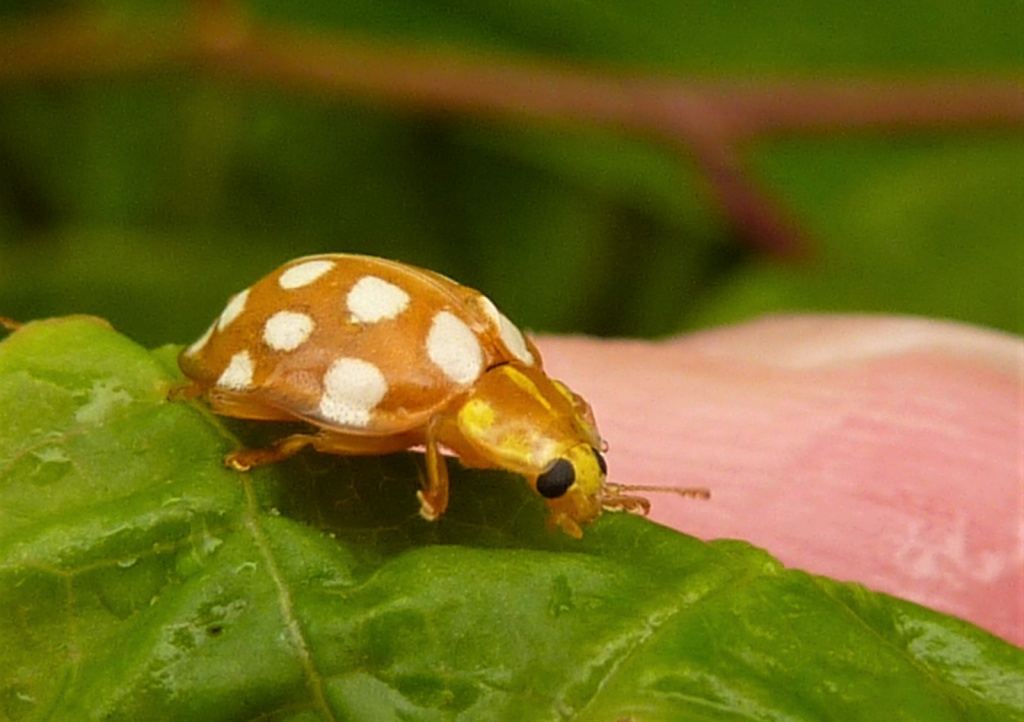
The Target Ladybirds
All nine target species have been now been observed, and as the season progresses, more of these ladybirds will be seen on the move and on the search for food and egg-laying sites.
So far, the most recorded species are the Seven-spot, Harlequin, Two-spot and Pine Ladybird. The latter species is a less recorded ladybird in the region. Despite its name, the Pine Ladybird is commonly found on a range of tree species and in urban settings.
All nine target species can be found in a range of habitats and through to Autumn, so do continue to keep a lookout for them! If you are in grassland or meadow, look out for the 14-spot and 22-spot Ladybird in particular, both commonly found on herbaceous plants such as umbellifers.
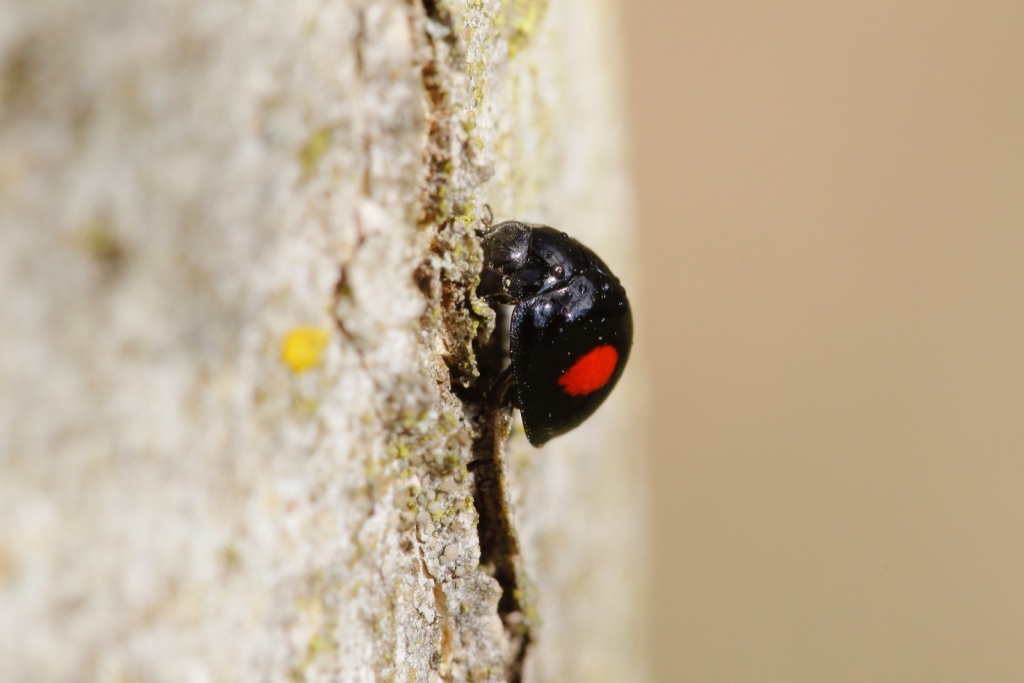
The Smaller Ladybirds
Easily overlooked, some ladybird species are no more than a few mm in length. So far, the smaller, Pine, Kidney-spot, 14-spot and 22-spot Ladybird have been observed, demonstrating that it pays off to take a closer look at tree trunks and leaves!
Both the Pine and Kidney-spot Ladybird are black ladybirds with red spots. Kidney-spots have two red spots while Pine Ladybirds have four red spots, two of which are comma-shaped. You can find out more about these species in a short identification guide.
Unlike the Pine and Kidney-spot Ladybird, the 14-spot and 22-spot Ladybird are most commonly found on low herbaceous vegetation, particularly umbellifers and Nettle.

The Specialist Ladybirds
The North East is also home to ladybirds that are more specialist in their habitat choice or feeding habits. Two specialist ladybirds have been observed so far: Larch and Water Ladybird.
A conifer specialist, the Larch Ladybird is commonly found on Larch, but also Norway Spruce and Douglas Fir. Dull in colour compared to other ladybirds, it has a light brown body and can appear well camouflaged.
The Water Ladybird, a wetland specialist, has also been sighted along reed edge. Look out for this species on Reed or rushes around the edges of ponds or lake. In winter, this ladybird can be found between within the stems of Reed.
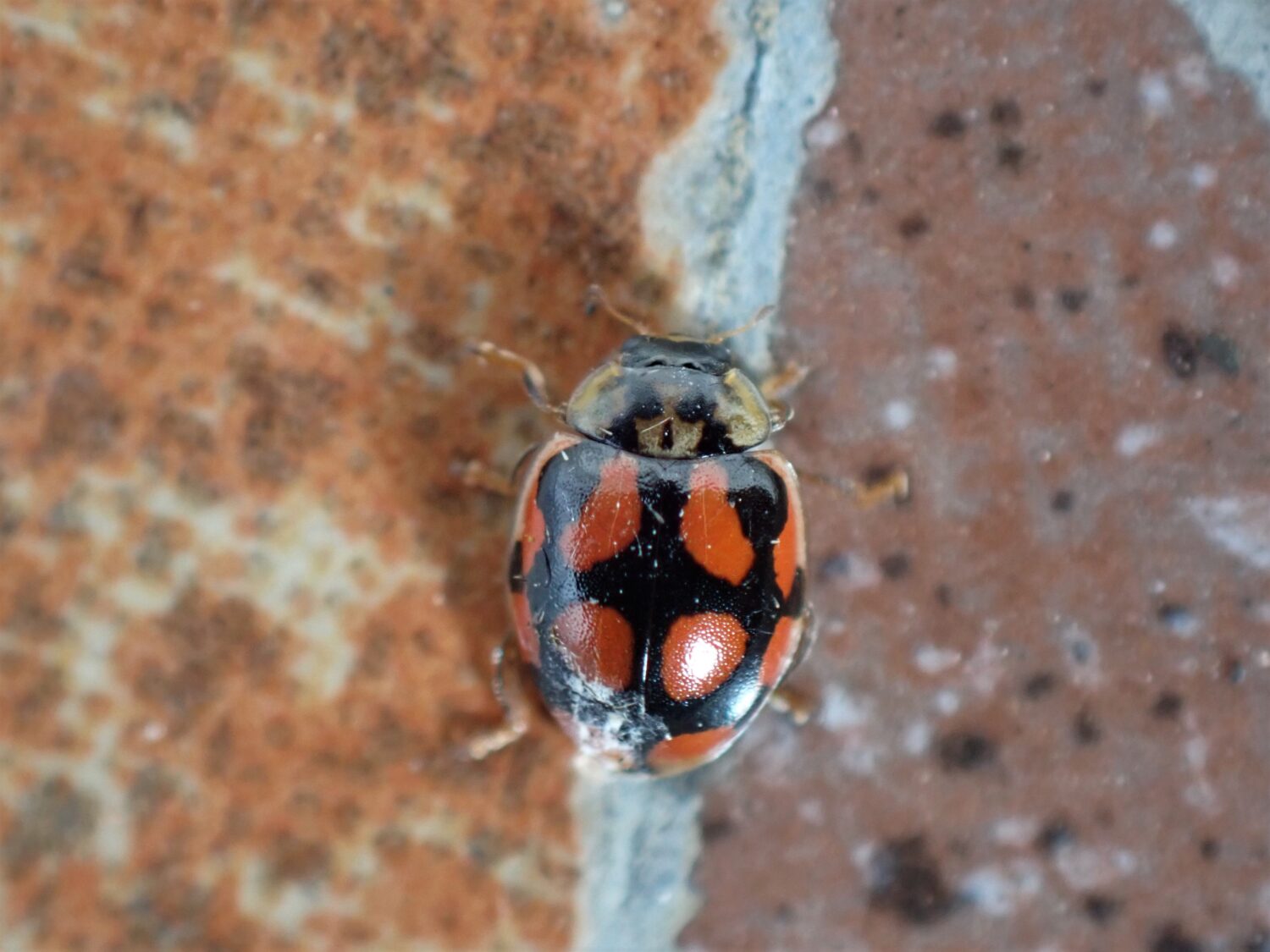
Join the North East Ladybird Spot
Urban or rural, beginner or expert, we need your help to record ladybirds across the North East this spring and summer.
Your records can add to our understanding of ladybirds in the region and inform conservation and monitoring efforts.
Taking part is easy and every record counts, wherever you live in the region. Records of all bee species are encouraged.
Explore more of the NE ladybirds spotted by you
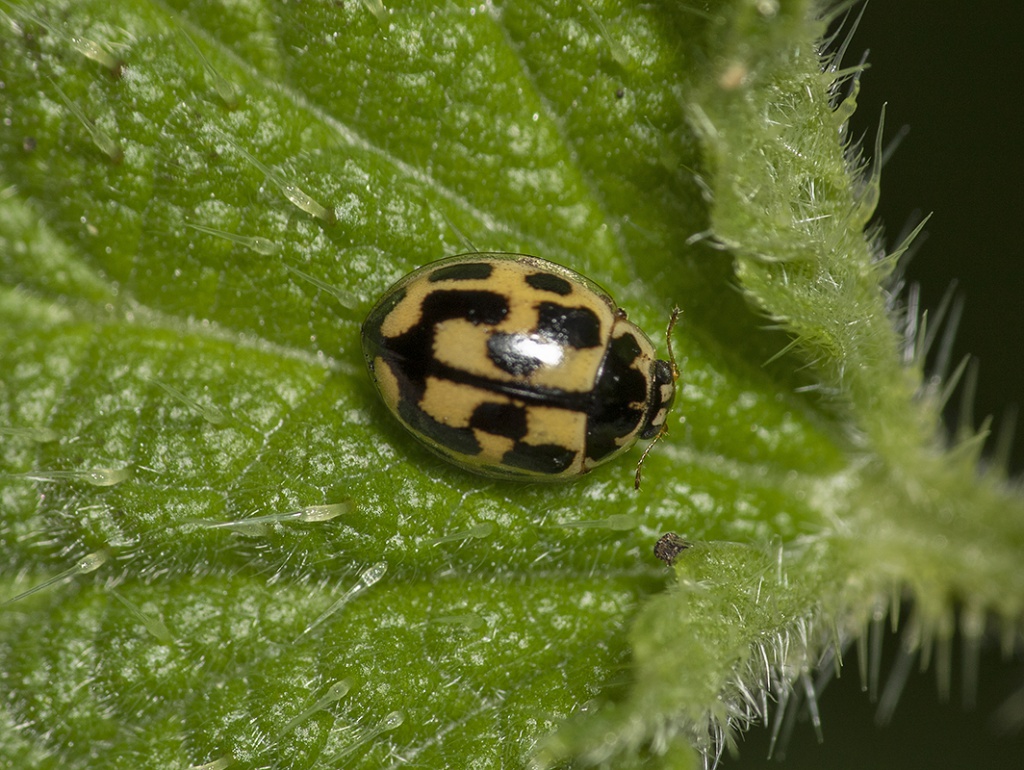
14-spot Ladybird © Ian Beddison 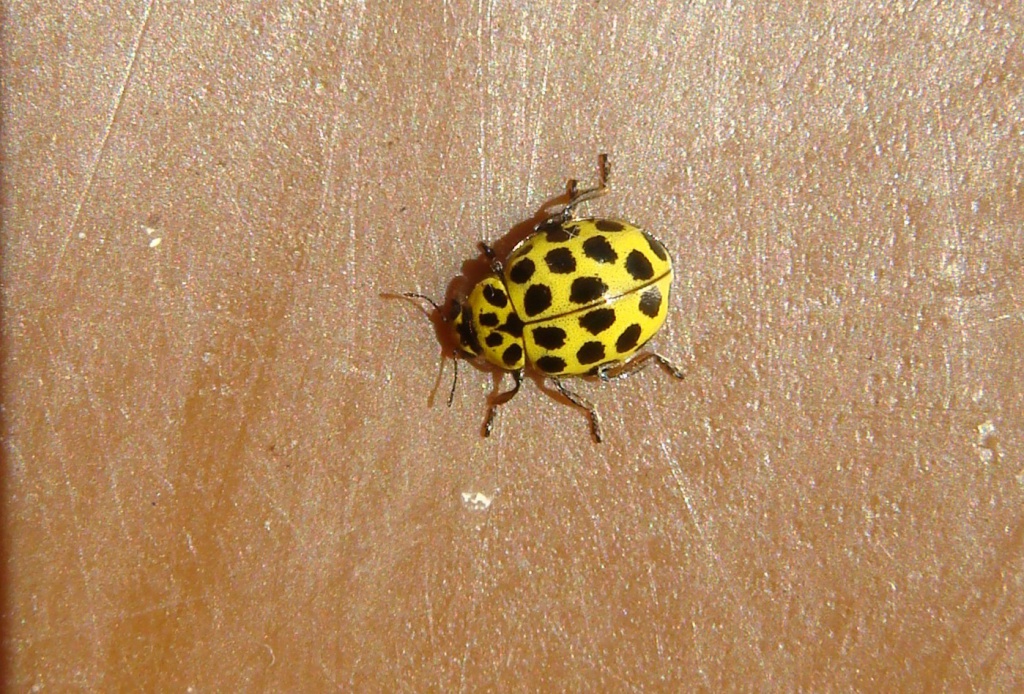
22-spot Ladybird © Louise Hislop 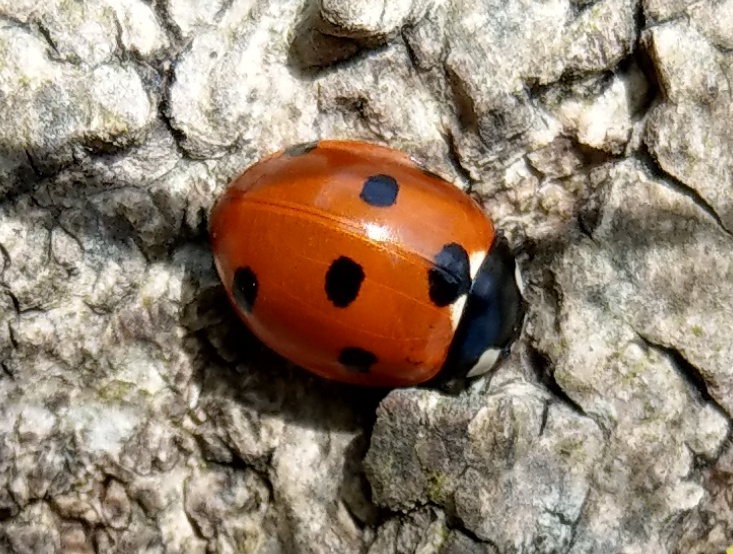
7-spot Ladybird © Patricia Chadwick 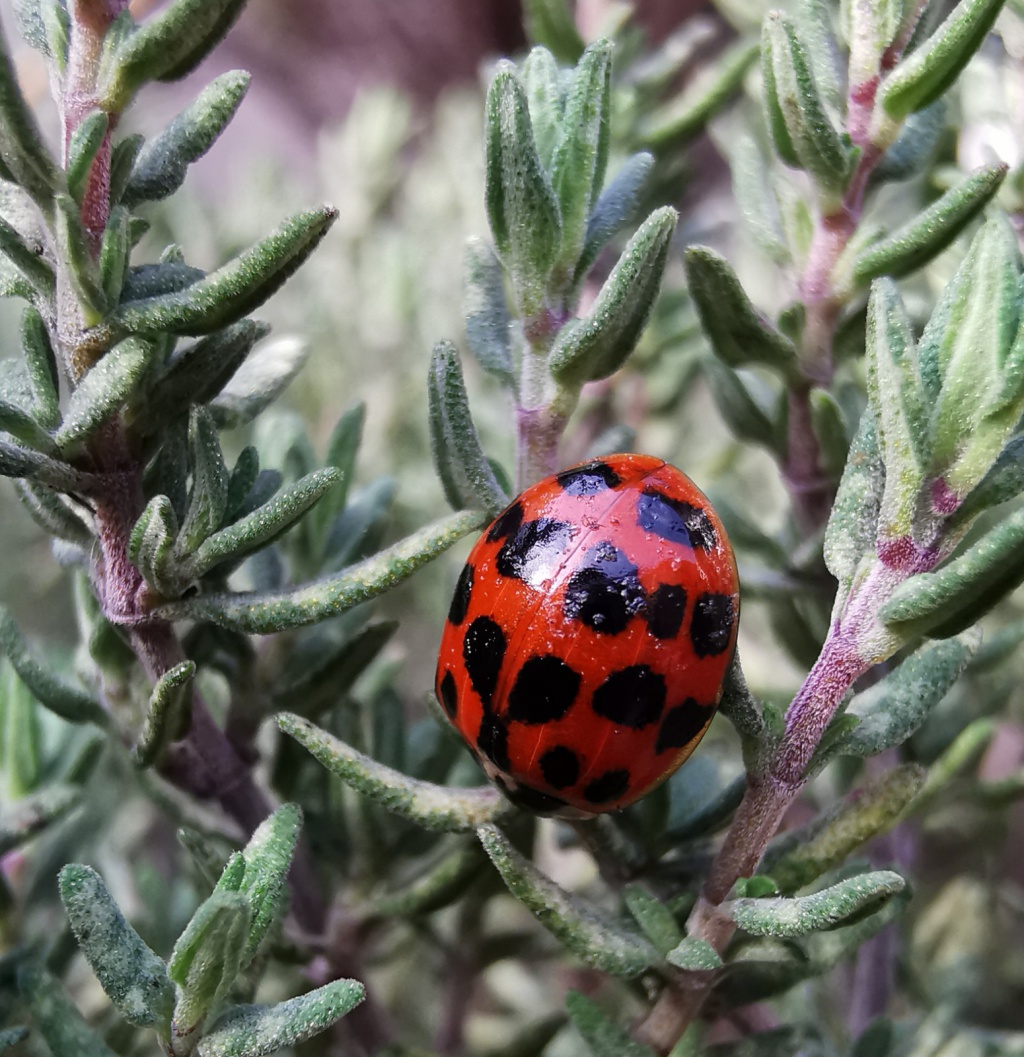
Harlequin Ladybirds © Beverley Hughes